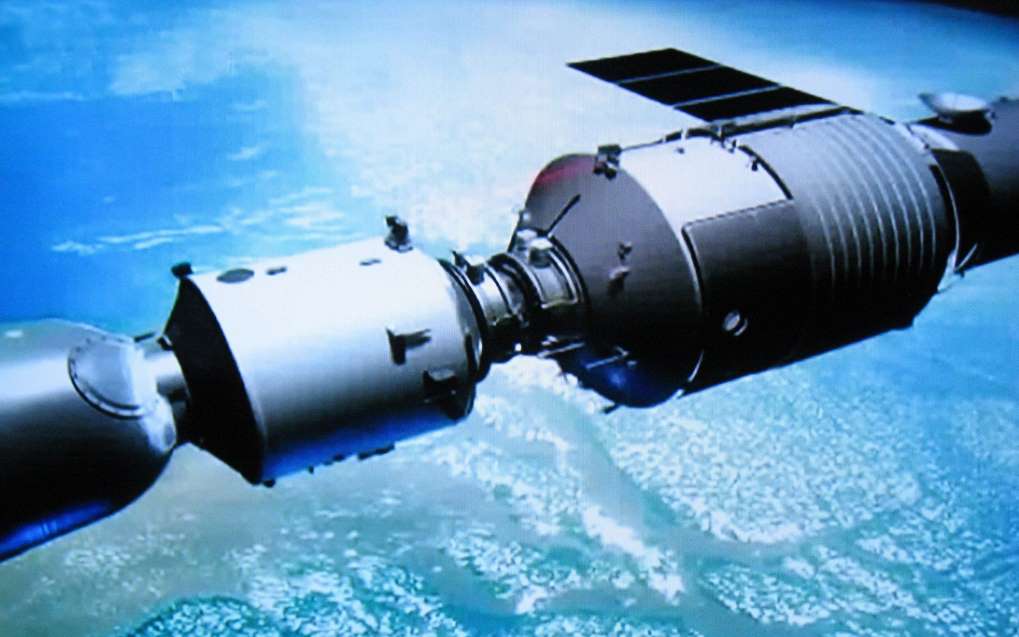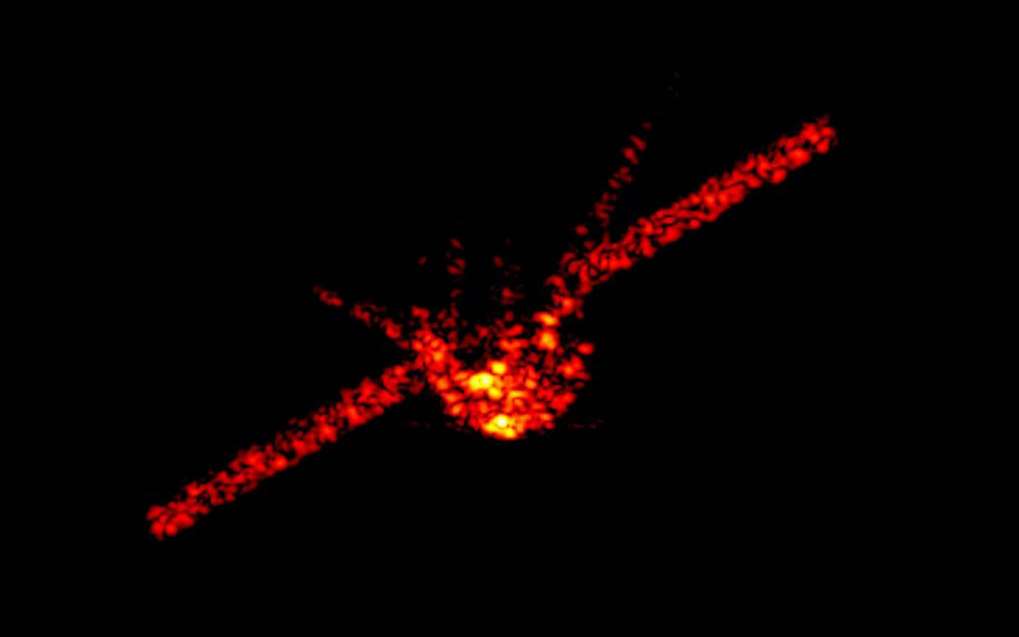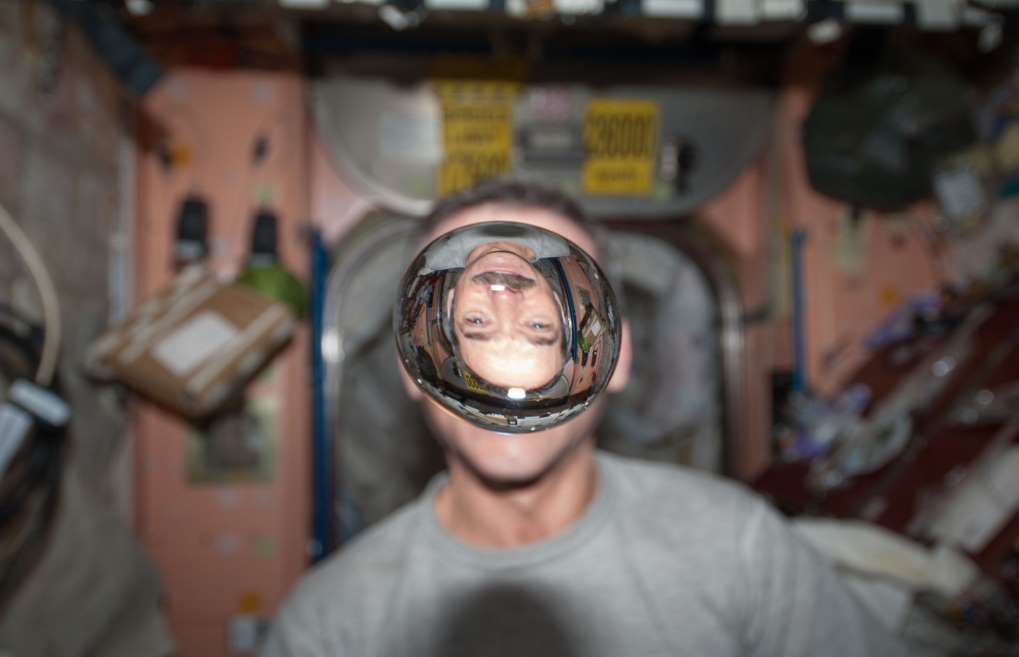April 1, 2018

China’s out-of-control space station could plummet back to Earth on Sunday with experts still unsure where it will land.
Tiangong-1 is expected to re-enter Earth's atmosphere somewhere between the 43rd north and south parallels on Monday afternoon, later than expected due to changes in the Sun's activity .
April 1, 2018

China’s out-of-control space station could plummet back to Earth on Sunday with experts still unsure where it will land.
Tiangong-1 is expected to re-enter Earth's atmosphere somewhere between the 43rd north and south parallels on Monday afternoon, later than expected due to changes in the Sun's activity .
South Korea's National Space Situational Awareness Organization said that the space lab is expected to re-enter the atmosphere sometime between 8.12pm GMT on Sunday night and 4.12am on Monday morning. (9.12pm BST and 5.12am BST)
Although there is no chance the space station could hit Britain, it could still crash land on Spain, Italy, France, Portugal or Greece.
If debris does hit land, it is most likely to fall on New Zealand, Tasmania, several northern US states or the Middle East, however most experts are predicting a splash landing in the Pacific Ocean.
The 34.1-foot (10.4m) Tiangong-1, which translates as Heavenly Palace 1, was launched in 2011 to carry out docking and orbit experiments as part of China's ambitious space programme, which aims to place a permanent station in orbit by 2023.
The spacelab was originally planned to be decommissioned in 2013 but its mission was repeatedly extended.
However in March 2016, Tiangong-1 stopped functioning after ground teams lost control of the craft, and since then it has been orbiting Earth and slowly dropping in altitude.

It is now orbiting the Earth 16 times a day and tumbling over every three minutes in a downward spiral towards our planet.
This weekend, the China Manned Space Engineering Office said that there was ‘no need for people to worry.’
Falling spacecraft do “not crash into the Earth fiercely like in sci-fi movies, but turn into a splendid [meteor shower] and move across the beautiful starry sky as they race towards the Earth”, said officials via social media.
Experts said people around Malaysia could expect to see fireballs similar in magnitude to the spectacular planned breakup of ATV-1, a European cargo freighter known as Jules Verne, that returned from the International Space Station in 2008.
Nearly 6,000 uncontrolled re-entries of large objects have occurred over the past 60 years without harming anyone, according to the ESA.
Holger Krag, head of European Space Agency's (ESA) space debris office in Darmstadt, said: “If you’re in the right place at the right time, and the sky is clear, it will be quite spectacular.

Here’s what a day in the life of an astronaut looks like
“It will be visible to the naked eye, even in daylight, and look like a slow-moving shooting star that splits into a few more shooting stars. You might even see a smoke trail.”
The ESA puts the probability of a person being struck by space debris at one in 1.2 trillion – 10 million times less likely than getting hit by lightning.
“In the history of spaceflight, no casualties due to falling space debris have ever been confirmed,” said a spokesman.
The space station had initially been expected to crash land during Saturday or Sunday night, but because the sun's activity is weaker than predicted, the atmosphere has not ballooned as much.
Tiangong-1 will therefore descend more slowly than expected, ESA said.
Courtesy/Source: The Telegraph

















































































































